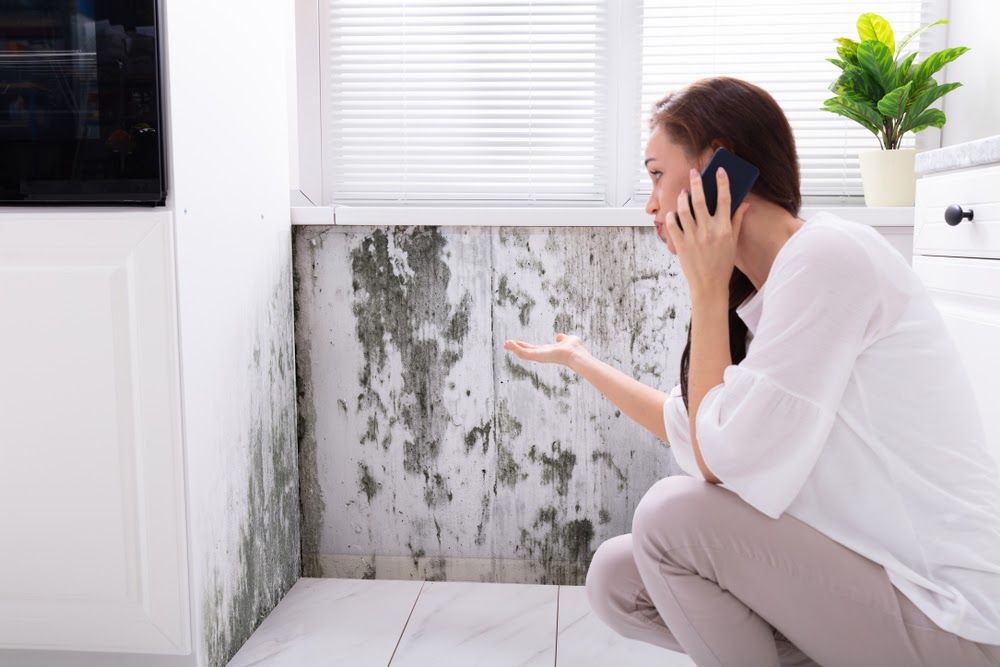What Makes a Rented Home Sub-Standard?

About a quarter of privately rented homes in England are sub-standard, thanks to landlords who rent their properties out without addressing the disrepair and faulty electrics issues. An English Housing Survey report revealed that 23% of the privately rented homes do not pass minimum standards, while substandard social homes make up 12% of the total in the country.
Many renters are disappointed with the way their landlords handle the maintenance of their homes as many of them do not bother with the repairs at all. Some do get repairs done but are rather slow, and others merely do so with minimal effort.
The terrible housing standards have left tenants questioning why there is disinterest in handling complaints, and why they are often blamed for the disrepair in their home. In the meantime, many landlords are ignoring their responsibilities and not honouring the tenant rights to live in a safe and liveable property.
Landlord responsibilities
Landlords need to ensure the homes they offer for renting are safe and secure to live in. This means there aren’t any structural issues, infestations, or gas and electrical wiring problems. They are required to respond to repair requests within a reasonable timeframe and should shoulder the cost, unless the damage was caused by the tenants’ negligence and irresponsible behaviour.
Take note, though, that repair costs for furniture and appliances brought in or owned by the tenant are not the landlord’s responsibility. Likewise, tenancy agreements indicate minimal repairs that fall under the tenant’s responsibilities.
Housing standards
When handing over the keys to the tenant , the condition of rented homes must meet the minimum standards set out by the UK government. Properties must be free from health hazards and structural problems and should be assessed using the Housing Health and Safety Rating system.
Tenants who do not find anything wrong with their home throughout their whole tenure are fortunate. Around 820,000 homes in England have damp issues caused by structural deficiencies that lock in condensation in a home. With some homes having defective heating systems, the damp causes mould to grow, endangering the health of the tenants.
Minimum Energy Efficiency Standard (MEES)
Homes are required to pass the Energy Performance Certificate with at least an E rating. This signifies that the energy level in the property reaches the minimum standard.
Properties that do not meet these standards receive an F or a G rating but are allowed to let. These homes are considered for an exemption and could be listed in the National Private Rented Sector (PRS) Exemptions Register.
Landlord handbook and tenants’ how to rent guide
Landlords have a handbook that they can use to help them manage their letting business according to industry standards. At the same time, they must supply their renters with the “How to Rent” guidebook, which contains a comprehensive guide to renting in the UK, as well as a checklist and an explanation of both the tenant and landlord’s rights and obligations.
Multiple occupancy homes
Houses in multiple occupations (HMOs) with more than five occupants need to be licensed under the local authority. These must have the appropriate fire protection equipment, heating system, a kitchen, and a toilet and bath.
HMOs require landlords to be fully cooperative in keeping the property in good condition free from structural issues and disrepair. Should there be any repairs needed, the landlord has to take action without delay.
Smoke alarms and carbon monoxide detectors
As indicated in an English Housing Survey, 11% of privately rented homes have defective smoke alarms. This should be a major concern for landlords. Housing standards require rental homes that use fuel-burning appliances to have a carbon monoxide detecting device—and it must be in good working condition to prevent carbon monoxide poisoning in case something untoward happens to the appliances.
Fire, gas, and electrical safety
Landlords can use the Chief Fire Officers Association and the Chartered Institute of Environmental Health’s fire safety guidelines to ensure fire, gas, and electrical safety on their properties.
Gas safety should be tested on a regular basis by a registered engineer. A copy of the certificate must be delivered to the tenant at the start of the tenancy and within 28 days after each safety check.
Electrical installations must be tested and inspected every five years by an electrician, from whom the landlord must get a written account, including suggestions for repairs.
Eviction and deposit protection
Upon inspection, if local authorities establish that a property is deemed unsafe and hazardous to the tenant, the landlord is not allowed to enter or gain possession of it for six months.
Additionally, tenants must not be evicted illegally because of forwarding their complaint on the poor condition of their rented home to the local authorities.
If your landlord does not follow housing standards
Landlords are required by law to follow housing standards if they wish to rent out their property. If you think your landlord is doing otherwise and the local authorities have already given your landlord fair warning, contact the experts at DisrepairClaim.co.uk and file a housing disrepair claim.











